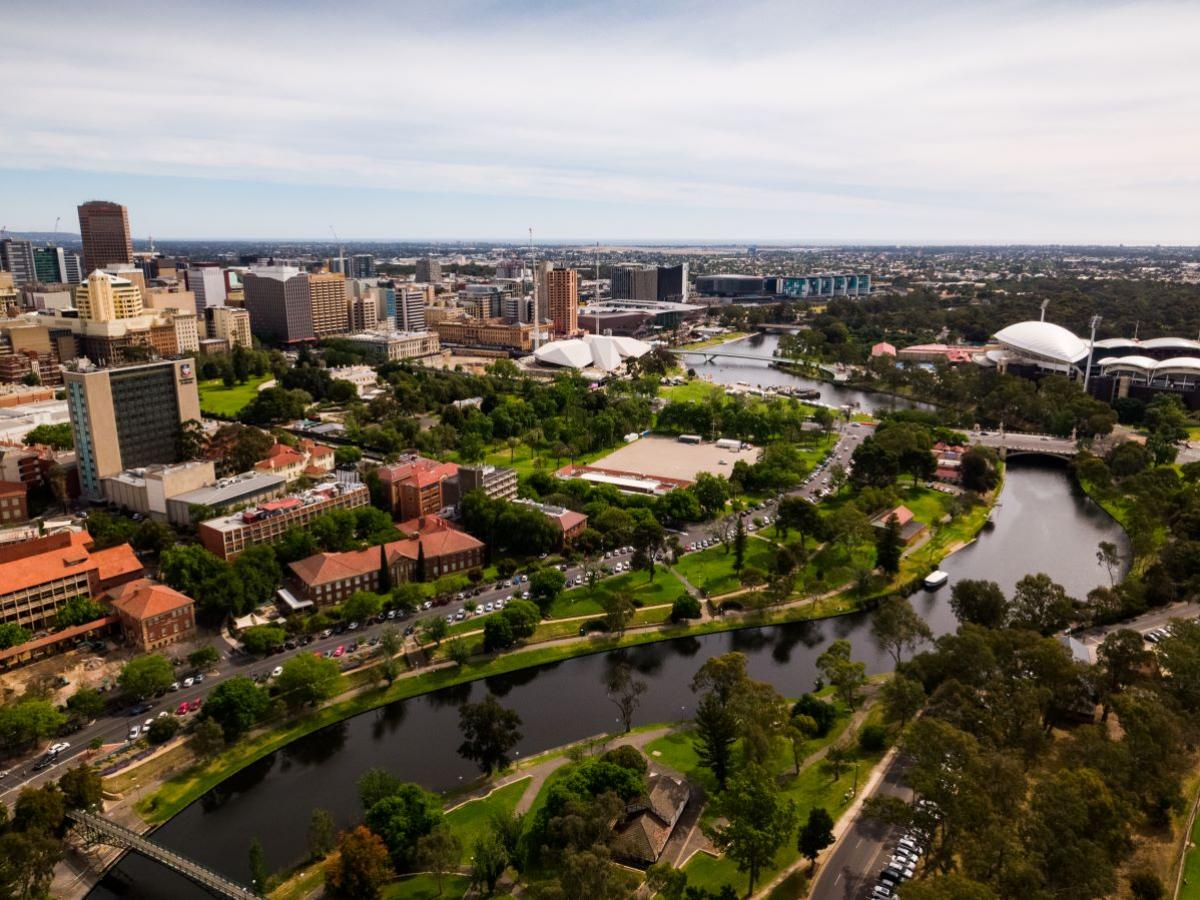Current pressures on South Australia’s labour force and housing markets are likely to worsen over the next few decades due to the rapid ageing of the population, according to economists from the University of Adelaide’s SA Centre for Economic Studies (SACES).

The latest SACES report reveals that South Australia will face severe labour force shortages through to at least 2032/33, resulting in constraints on industry expansion and economic growth.
“South Australia’s labour force participation rates remain below the national averages, largely due to the higher proportion of the population aged 65 years or older,” says SACES Honorary Research Fellow, Associate Professor Michael O’Neil.
“The major source of labour force growth in South Australia, about 42.4 per cent, came from the population aged 25 to 39 years, likely reflecting the surge in net overseas migration (NOM) pre- and post-COVID restrictions.
“This of course reflects the fact that the majority of migrants tend to be younger.”
Federal Government policies are set to reduce net international immigration, including changes to student study visa conditions. ABS projections indicate population growth will decline from 3.1 per cent (2017-23) to 0.3 per cent per annum to 2033.
“These Federal and State government policies will increase the demand for workers across sectors already facing shortages, including child care, health care, aged and disability care, housing construction, transport infrastructure, renewable energy production and transmission, the hydrogen economy, and defence services and manufacturing,” Associate Professor O’Neil explains.
Meanwhile, housing demand is likely to remain strong despite the projected slowdown in overseas migration.
“Reduced net international immigration is a sensible part of the response to the national housing crisis, which is partly due to labour shortages; however, it will not solve the housing shortage problem and is highly likely to worsen current labour supply problems,” Associate Professor O’Neil says.
A key policy priority for South Australia is to address the low labour force participation rates among those aged 65 and over, which were lower in the June quarter 2023 than in 2019. This includes allowing earnings from workforce participation not to reduce the age pension, as seen in the UK and New Zealand.
Associate Professor O’Neil emphasises that Federal Government policies aimed at reducing net international immigration imply even slower labour force growth in South Australia.
“South Australia needs to advocate more strongly for a migrant intake based on in-demand skills, such as for ship and submarine building and hydrogen plants, and argue for a higher share of skilled migration intake,” he says.
“The state must continue to design policies to address lower workforce participation rates and achieve higher participation rates for those aged 65 years and older.”








